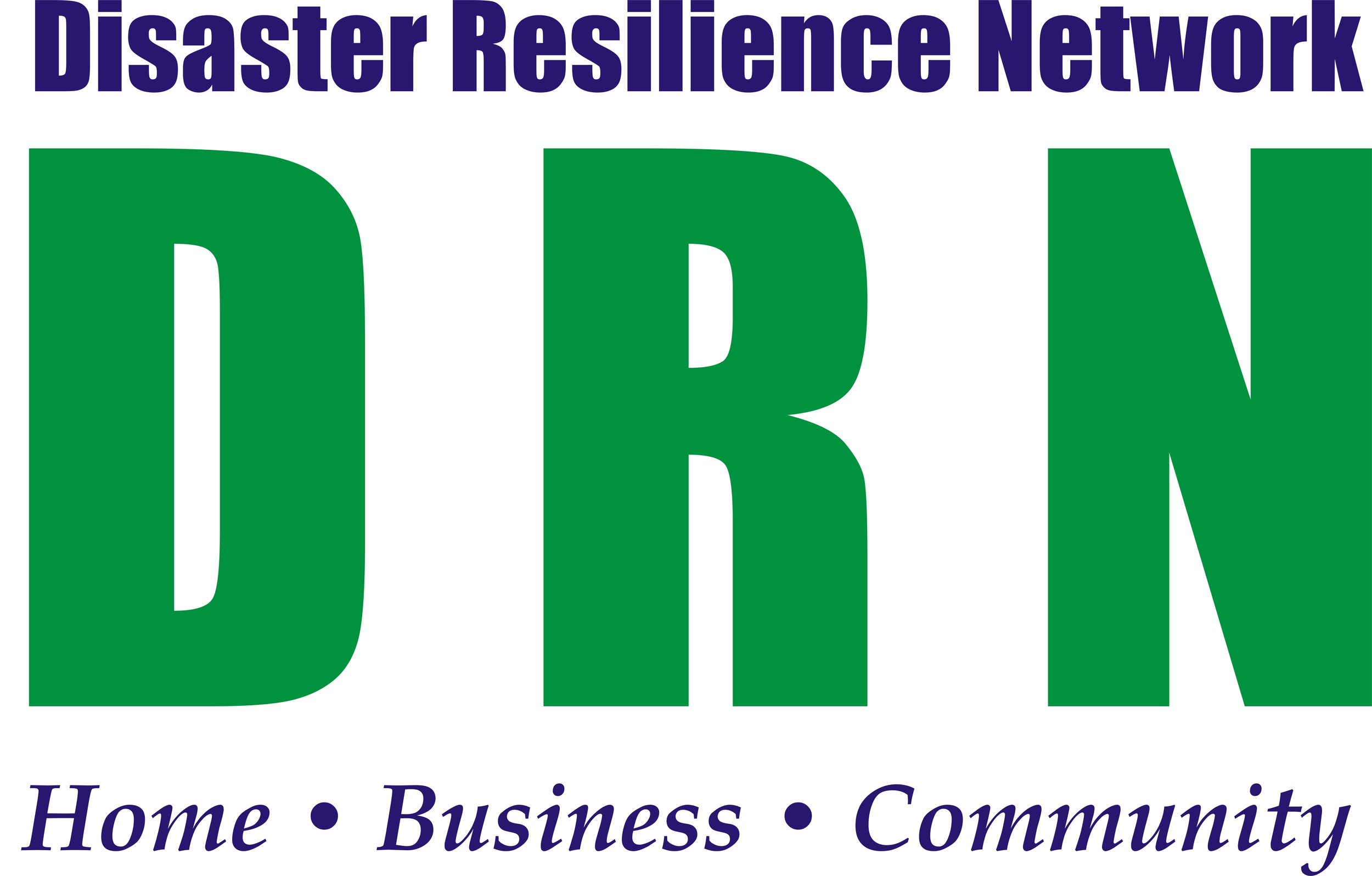DRN referenced in Social Return On Investment Study on "Whole Community" Engagement Activities
We are so excited to be sharing this Social Return on Investment study with our three councils and many partners! One of the researchers, Dr. Liesel Ritchie, now serves on our Board of Directors. Members of our councils and several partners from across Tulsa and the state of Oklahoma participated in the study.
ASSESSING THE FEASIBILITY OF CONDUCTING
SOCIAL RETURN ON INVESTMENT ANALYSES FOR
“WHOLE COMMUNITY” ENGAGEMENT ACTIVITIES
Wharton Risk Management and Decision Processes Center
Kathleen Tierney, Liesel Ritchie, and Carolyn Kousky with Simone Domingue, Nnenia Campbell, Jamie Vickery, and Brett Lingle
February 2019
Excerpts from Report
This research was conducted with funding from the Individual and Community Preparedness Division U.S. Department of Homeland Security / Federal Emergency Management Agency (HSFE20-15-C-0235). The research was conducted in Tulsa in late 2016 and early 2017.
The report authors would like to extend thanks to members and partners of Tulsa’s Disaster Resilience Network for their tremendous support in completing this study. We especially appreciate the assistance of Tim Lovell, Executive Director of the Disaster Resilience Network, and the Network’s board members for providing critical information about the context of Tulsa’s ongoing efforts in disaster mitigation and preparedness. Finally, we thank study participants who shared their valuable time and insights about their work toward helping Tulsa become a more resilient community.
This study focused on the feasibility of using social return on investment (SROI) methods to evaluate “whole community” and resilience-building activities at the local level. SROI studies encompass these steps: (1) establish the study scope and identify stakeholders; (2) map project inputs to outcomes; (3) collect data and isolate attribution (causation); (4) value inputs and outcomes to the extent possible; (5) calculate SROI metrics; and (6) conduct sensitivity analyses.
The study team focused on the city of Tulsa and considered the extent to which data were available for an SROI analysis—that is, whether inputs, outputs, and outcomes could be both documented and quantified. Data collection methods for the study included literature reviews, extensive document analyses, and interviews with more than three dozen key informants in the city of Tulsa in late 2016 and early 2017. This study used the Disaster Resilience Network (DRN) as an organizational locus of activity.
The final report can be downloaded from this website: https://riskcenter.wharton.upenn.edu/wp-content/uploads/2019/02/SROI-Report.pdf
